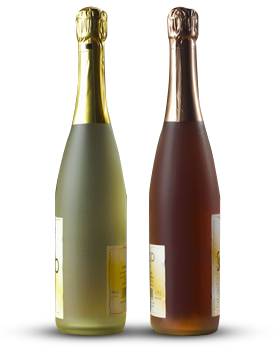
Types of Red Wines learn more 

Aging Potential of Cabernet Sauvignon Wines
Posted on by RickieCabernet Sauvignon, often referred to as the “king of red grapes,” is renowned for its exceptional aging potential. With its robust tannins, deep color, and complex flavor profile, this noble variety can evolve beautifully over decades, developing secondary and tertiary characteristics that delight collectors and connoisseurs alike.
Why Does Cabernet Sauvignon Age So Well?
- High Tannin Structure: Cabernet Sauvignon’s thick skins contribute to its firm tannins, which act as a natural preservative, allowing the wine to mature gracefully.
- Balanced Acidity: The grape’s naturally high acidity helps maintain freshness over time, preventing premature oxidation.
- Concentrated Fruit and Oak Influence: Wines from top regions like Bordeaux, Napa Valley, and Coonawarra often exhibit dense fruit and well-integrated oak, providing a solid foundation for aging.
How Aging Affects Flavor Profile
| Youthful Stage (0-5 years) | Mid-Life (5-15 years) | Fully Mature (15+ years) |
|---|---|---|
| Primary fruit (blackcurrant, plum, cherry) | Evolving complexity (tobacco, cedar, leather) | Tertiary notes (truffle, earth, dried fruit) |
| Pronounced oak influence (vanilla, toast) | Softened tannins, integrated oak | Silky texture, seamless finish |
Best Regions for Age-Worthy Cabernet Sauvignon
Not all Cabernet Sauvignon wines are created equal when it comes to aging. The following regions produce some of the most long-lived examples:
- Bordeaux, France – Particularly from Pauillac, Margaux, and Saint-Julien, where structured tannins and balanced acidity ensure longevity.
- Napa Valley, USA – Known for bold, fruit-forward styles with ample oak, many top Napa Cabs can age 20+ years.
- Coonawarra, Australia – Distinguished by its terra rossa soil, producing wines with intense cassis flavors and firm structure.
- Maipo Valley, Chile – High-altitude vineyards yield Cabernets with freshness and aging potential.
Tips for Cellaring Cabernet Sauvignon
- Store bottles horizontally in a dark, humidity-controlled environment (55-60°F / 12-15°C).
- Limit temperature fluctuations to prevent premature aging.
- Decant older vintages (15+ years) to allow aromas to open up.
- Monitor tannin integration—over-aged Cabernet may lose vibrancy.
With proper storage and patience, a well-made Cabernet Sauvignon can transform into a sublime expression of time, offering layers of complexity that reward those who wait.
Tags: Aging, Cabernet, Potential, Sauvignon, Wines
Copyright © 2025 Top Red Wine All rights reserved. .
